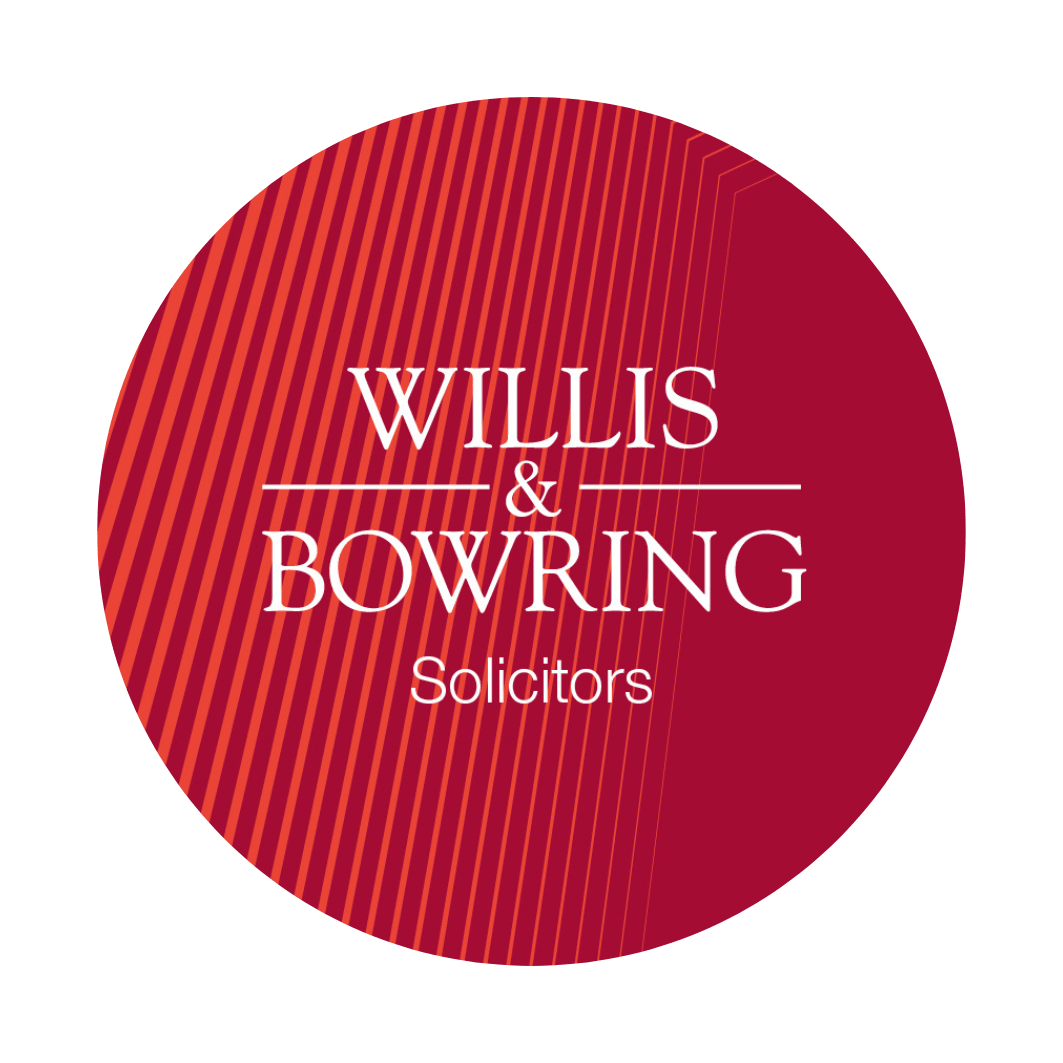Given the recent record of events concerning the Opal Tower Building at Olympic Park Sydney, where reportedly some 50 of the 390 apartments in the building are unable to be occupied (at least for the immediate future) owing to perceived risks to the occupants of those apartments due to cracking having been discovered in that building, the question arises as to the rights of persons who have entered into residential tenancy agreements (“leases”) of the affected apartments.
Reportedly, some tenants have received refunds of rent paid by them in respect of the period since they have been forced to move out of their apartments whilst others have been allowed (by their landlords) to exit their leases.
The position in NSW is regulated by the provisions of the Residential Tenancies Act 2010.
Under the above Act if residential premises under a residential tenancy agreement are:
(a) destroyed or become wholly or partly uninhabitable, (otherwise than as a result of a breach of an agreement), or
(b) cease to be lawfully usable as a residence.
then, the rent payable under the residential tenancy agreement for such premises abates (in whole or in part depending on the extent of the damage or destruction etc) and in the absence of an agreement on whether there should be an abatement at all or on the extent of the rental abatement application may be made to the Civil and Administrative Tribunal (NCAT) to make an order in this regard.
Further, the landlord or the tenant may give the other party a termination notice ending the residential tenancy agreement on the date that the notice is given.
As to the question of when residential premises (under a residential tenancy agreement) become wholly or partly uninhabitable the following guidance appears from various decisions of the Tribunal and the Courts that:
- Premises being habitable is sometimes viewed as meaning that the state of the premises does not represent a threat to the life, limb or health of the tenant;
- To find that the premises are not habitable the Tribunal would have to be satisfied that there is a threat to the tenant’s safety, going to both structural and health issues;
- Fit for habitation means at least that the premises may be lived in without risk of personal injury to life or limb or injury to health;
- Premises would not be fit for habitation if “the state of repair is such that injury is to be expected, or will naturally occur from the ordinary use of the premises they cannot be regarded as fit for human habitation”;
- A most salient consideration when determining whether premises “become wholly or partly uninhabitable” is the purpose for which they were occupied. If it is only one room which is claimed to be uninhabitable (i.e. partly uninhabitable) then it is the intended use of that room which is relevant;
- Some examples of premises held to be uninhabitable include windows and doors painted shut preventing escape in a fire, dangerous linoleum on the kitchen floor, dangerously high lead levels.
Premises ceasing lawfully to be usable as a residence would occur where, for example, a property is not usable as a residential premises under the Environmental Planning and Assessment Act 1979, or local council health or building regulations.
